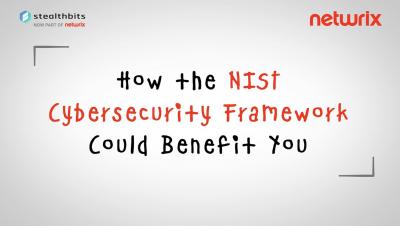What Is a Distributed Denial of Service (DDoS) Attack?
The term DDoS attack refers to a malicious actor or group of actors intentionally trying to overwhelm a victim’s computer network with traffic. The large influx of network traffic being directed at the target can cause serious issues for legitimate traffic, such as regular users who need to access websites, data or services. Everyone from gamer sites to large enterprises fears the threat of distributed denial of service attacks.




